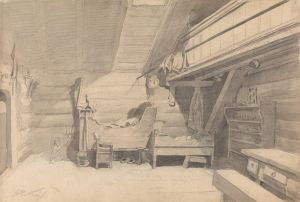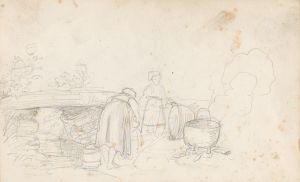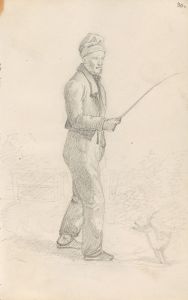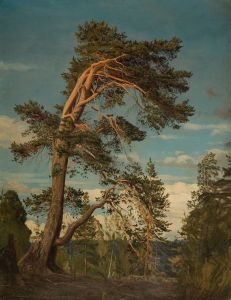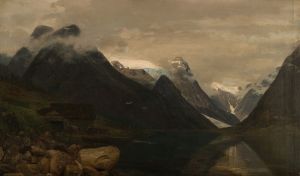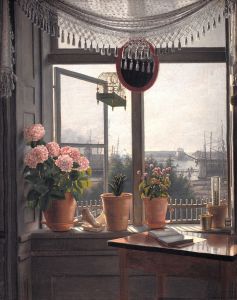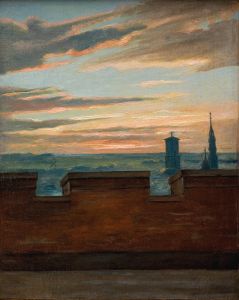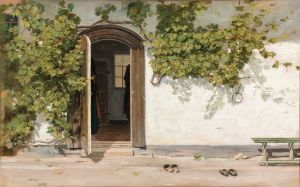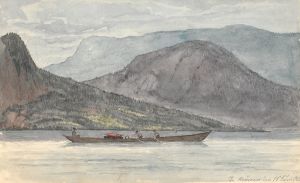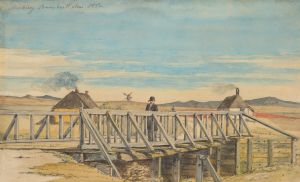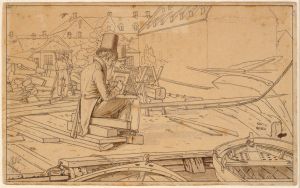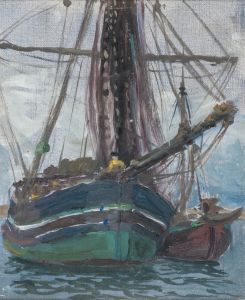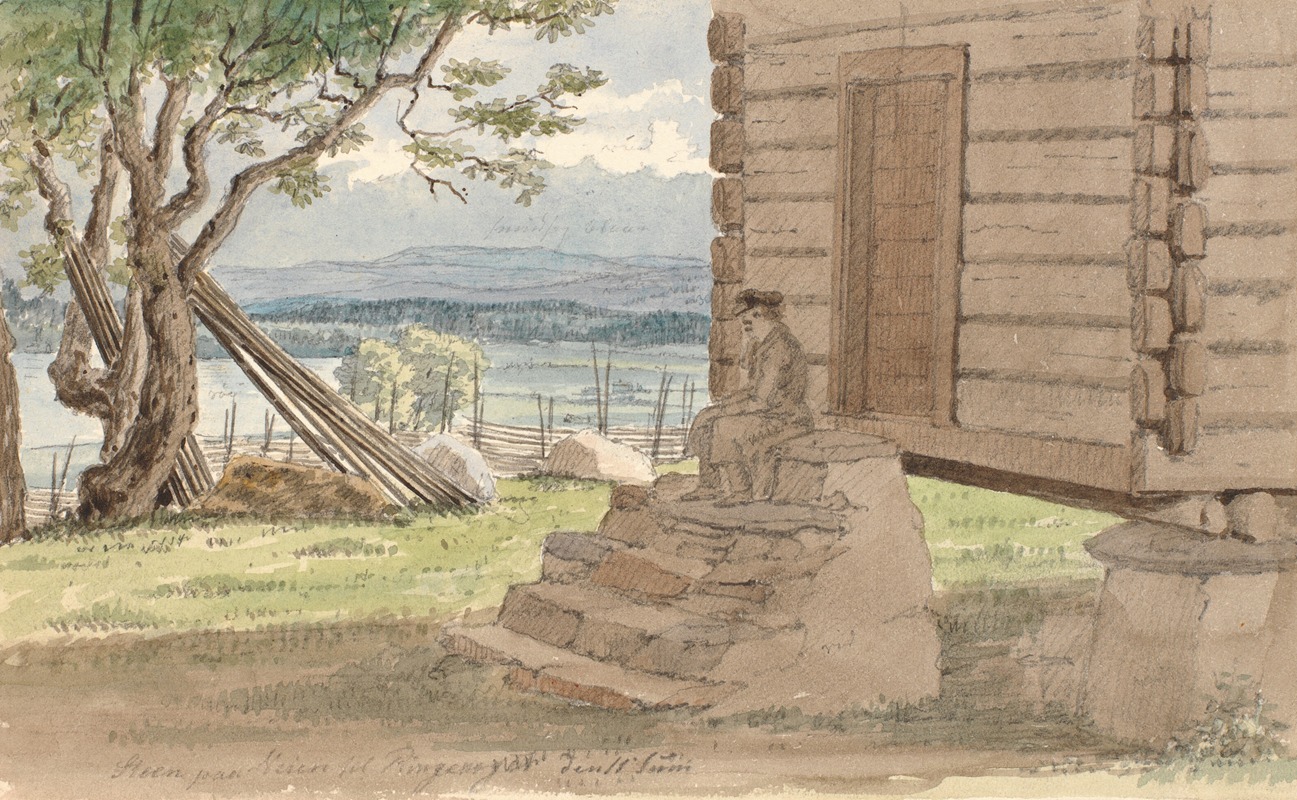
Parti med sæterhytte
A hand-painted replica of Martinus Rørbye’s masterpiece Parti med sæterhytte, meticulously crafted by professional artists to capture the true essence of the original. Each piece is created with museum-quality canvas and rare mineral pigments, carefully painted by experienced artists with delicate brushstrokes and rich, layered colors to perfectly recreate the texture of the original artwork. Unlike machine-printed reproductions, this hand-painted version brings the painting to life, infused with the artist’s emotions and skill in every stroke. Whether for personal collection or home decoration, it instantly elevates the artistic atmosphere of any space.
Martinus Rørbye was a prominent Danish painter of the 19th century, known for his contributions to the Danish Golden Age of painting. One of his notable works is "Parti med sæterhytte," which translates to "Scene with a Sæter Hut." This painting is a fine example of Rørbye's ability to capture the essence of rural life and the natural landscape, a common theme in his oeuvre.
Rørbye was born on May 17, 1803, in Drammen, Norway, but he spent most of his life in Denmark. He studied at the Royal Danish Academy of Fine Arts in Copenhagen, where he was influenced by the teachings of Christoffer Wilhelm Eckersberg, a leading figure in Danish art. Rørbye's works are characterized by their attention to detail, use of light, and ability to convey a sense of place and atmosphere.
"Parti med sæterhytte" is believed to have been painted during one of Rørbye's travels. He was an avid traveler, and his journeys across Denmark, Norway, Italy, Greece, and Turkey provided him with a wealth of subjects for his paintings. His travels to Norway, in particular, inspired many of his works that depict rural and pastoral scenes, capturing the serene beauty of the Scandinavian landscape.
The painting "Parti med sæterhytte" depicts a traditional Norwegian sæter hut, which is a type of mountain pasture hut used during the summer months. These huts were typically used by farmers and shepherds who moved their livestock to higher pastures to graze. The sæter hut in the painting is nestled in a picturesque landscape, surrounded by lush greenery and rolling hills. Rørbye's use of light and shadow in the painting highlights the textures of the natural environment, creating a vivid and realistic portrayal of the scene.
Rørbye's attention to detail is evident in the way he renders the architecture of the sæter hut and the surrounding landscape. The painting captures the simplicity and functionality of rural architecture, as well as the harmonious relationship between human habitation and nature. This theme of harmony between humans and nature is a recurring motif in Rørbye's work, reflecting the Romantic ideals of the time.
The painting is also notable for its composition, which draws the viewer's eye into the scene and invites them to explore the details of the landscape. Rørbye's skillful use of perspective and depth creates a sense of immersion, making the viewer feel as though they are standing in the midst of the tranquil setting.
"Parti med sæterhytte" is a testament to Martinus Rørbye's mastery of landscape painting and his ability to convey the beauty and tranquility of rural life. His works remain an important part of Danish cultural heritage and continue to be celebrated for their artistic and historical significance. Rørbye's paintings, including "Parti med sæterhytte," are held in high regard and can be found in various collections, including the National Gallery of Denmark, where they continue to be appreciated by art enthusiasts and scholars alike.






